Rather than directly affecting the masses, media messages first reach opinion leaders who interpret and relay them to their social networks. (Katz and Lazarsfeld, 1955).
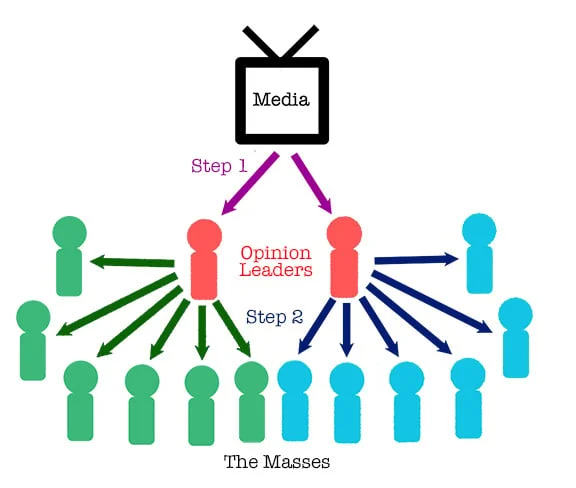
In today’s digital media landscape, this theory applies to influencers on social platforms like Instagram, YouTube, TikTok, etc. Influencers are today’s opinion leaders. They deliver media messages, often through sponsored content, and translate them for their followers. For example, beauty influencers like Huda Kattan review cosmetics products, and their recommendations hold more sway with consumers than traditional advertisements. Similarly, YouTube creators like Marques Brownlee, who reviews tech products, significantly influence their audience’s purchasing decisions. As analysed in The People’s Choice study, these intermediaries are more impactful than direct media messages (Lazarsfeld et al., 1968).
However, the Two Step Flow Theory requires critical reflection when juxtaposed with Adorno and Horkheimer’s (2006) concept of the Culture Industry. Adorno and Horkheimer argued that mass media functions as an instrument of capitalist control, commodifying culture and fostering passive consumption. While influencers may appear to act independently, they often work within the constraints of sponsorship and brand deals. This reveals how the culture industry manipulates both influencers and audiences, reinforcing consumerism under the guise of personal choice.
For instance, Instagram’s algorithm prioritizes content that maximizes engagement, leading influencers to adapt their messaging to meet these commercial demands. A notable example is the way fitness influencers promote specific workout programs and supplements, often using affiliate links to drive sales. This reflects Adorno and Horkheimer’s critique that mass media, including influencers, standardizes culture by offering pre-packaged experiences (Adorno and Horkheimer, 2006). The illusion of diversity and choice created by influencers aligns with the culture industry’s aim of controlling consumers, as Scannell (2007) highlights in his discussion of Lazarsfeld, Adorno, and Merton’s influence on media research.
This scenario reflects how modern influencers, much like traditional media figures in the 1940s and 1950s, play a key role in filtering and amplifying messages, reinforcing Lazarsfeld’s Two Step Flow Theory. The influencers serve as ‘opinion leaders’, but their independence is compromised by the overarching structures of the culture industry (Katz and Lazarsfeld, 1955).
In conclusion, the Two-Step Flow Theory highlights influencers as crucial opinion leaders in today’s digital landscape. By mediating media messages and often surpassing traditional advertisements, influencers significantly shape consumer behavior. However, their influence is constrained by commercial pressures, revealing how the culture industry standardizes content under the guise of choice. Recognizing this dynamic is essential for consumers, encouraging a critical approach to understanding how digital media influences their decisions.
- A fashion influencer showcases a new trend on Instagram. Their followers adopt the trend and introduce it to their social groups.
- A health expert discusses COVID-19 safety measures on a news channel. Viewers share this vital information with their communities.
- A marketing professional writes about effective advertising strategies on a blog. Readers apply these strategies in their businesses and share results with peers.
- An automotive expert discusses electric vehicles on a YouTube channel. Car enthusiasts watch and share this information with fellow auto aficionados.
- A finance guru gives investment advice on a radio show. Listeners use these tips and relay them to family members interested in investing.
- A renowned chef posts a new recipe on their blog. Home cooks try the recipe and share their experiences with friends.
- A travel influencer shares a hidden gem destination on their Instagram. Followers then recommend this spot to other travel enthusiasts.
These are all examples of applying two-step flow theory to modern media, and of course there are many more.
As influencers continue to play a pivotal role in shaping consumer behaviour, how can we differentiate between genuine recommendations and content manipulated by commercial interests?
leave a comment
References:
Adorno, T. and Horkheimer, M. (2006) ‘The Culture Industry: Enlightenment as Mass Deception’. In Durham, M.G. and Kellner, D. (eds.) Media and Cultural Studies: Key Work. Malden, MA: Blackwell, pp. 41-72.
Katz, E. & Lazarsfeld, P. (1955). Personal Influence: The Part Played by People in The Flow of Mass Communication. Glencoe, Ill: The Free Press
Lazarsfeld, P.F., Berelson, B. and Gaudet, H. (1968) The People’s Choice. 3rd edn. New York: Columbia University Press.
Scannell, P. (2007) Media and Communication. London: Sage.
Simply Psychology (n.d.) ‘Two-Step Flow Theory of Communication’. Available at: https://www.simplypsychology.org/two-step-flow-theory-of-communication.html (Accessed: 20 October 2024).
StudyMassCom (n.d.) ‘Two-Step Flow Theory – Strengths and Weaknesses’. Available at: https://studymasscom.com/communication/two-step-flow-theory-strengths-and-weaknesses/ (Accessed: 20 October 2024).

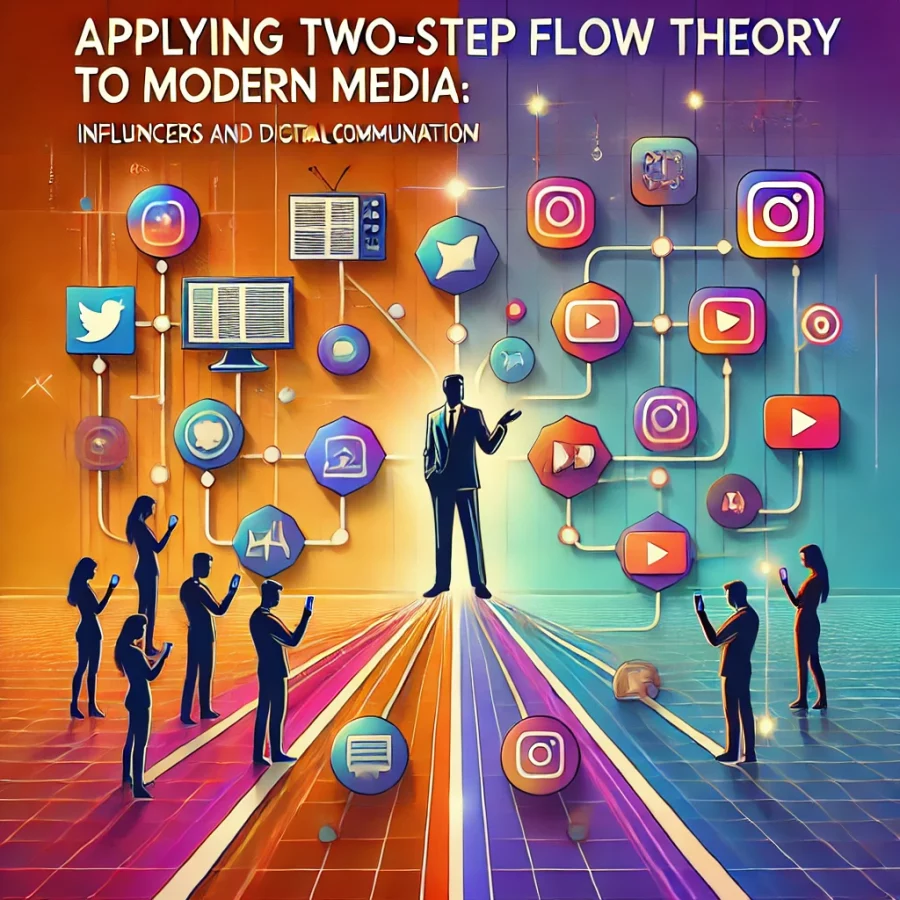
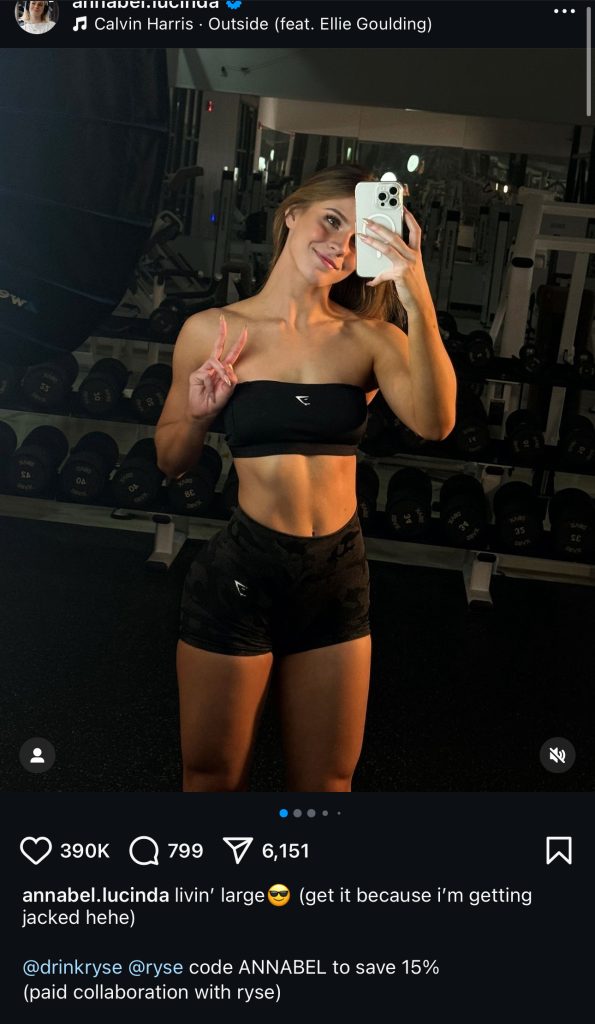

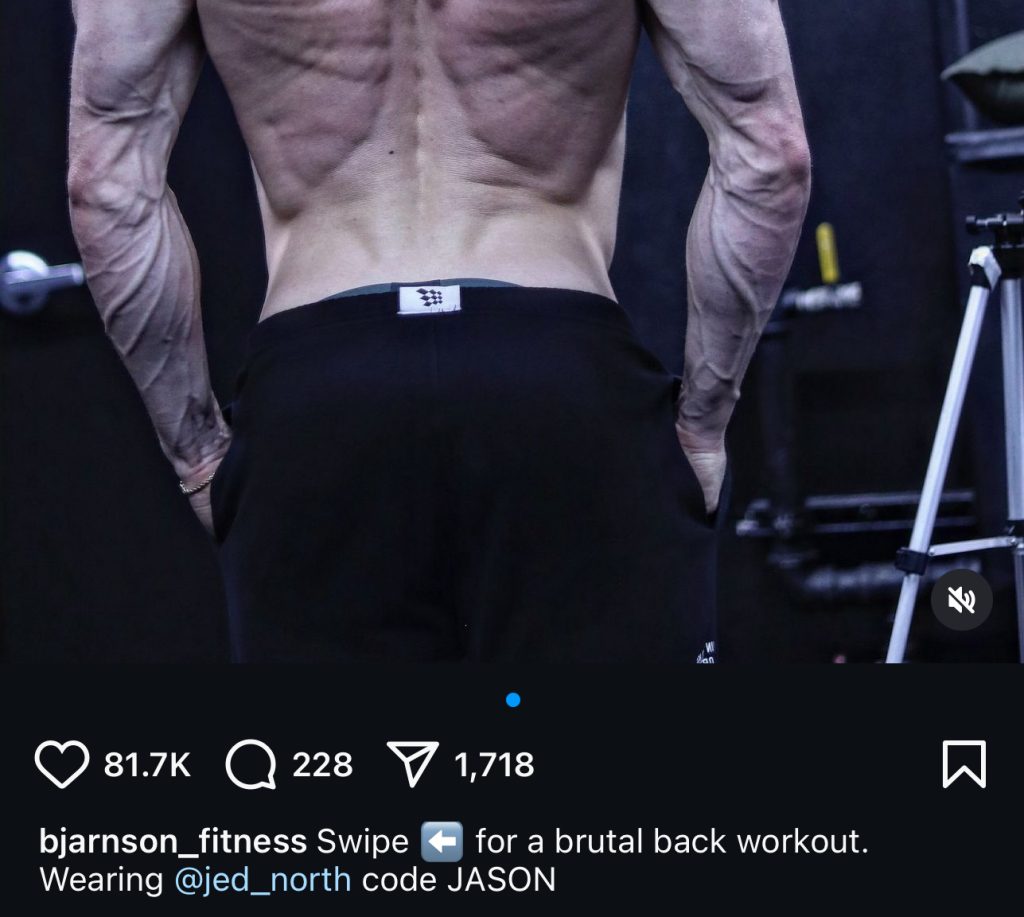
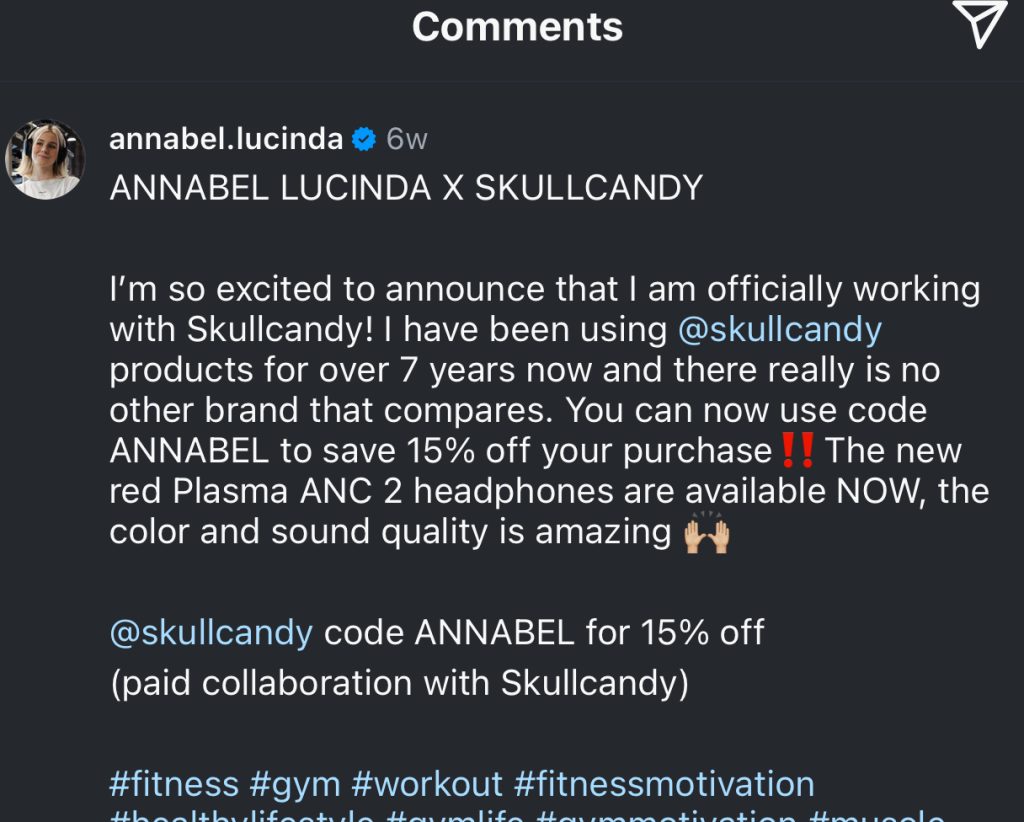
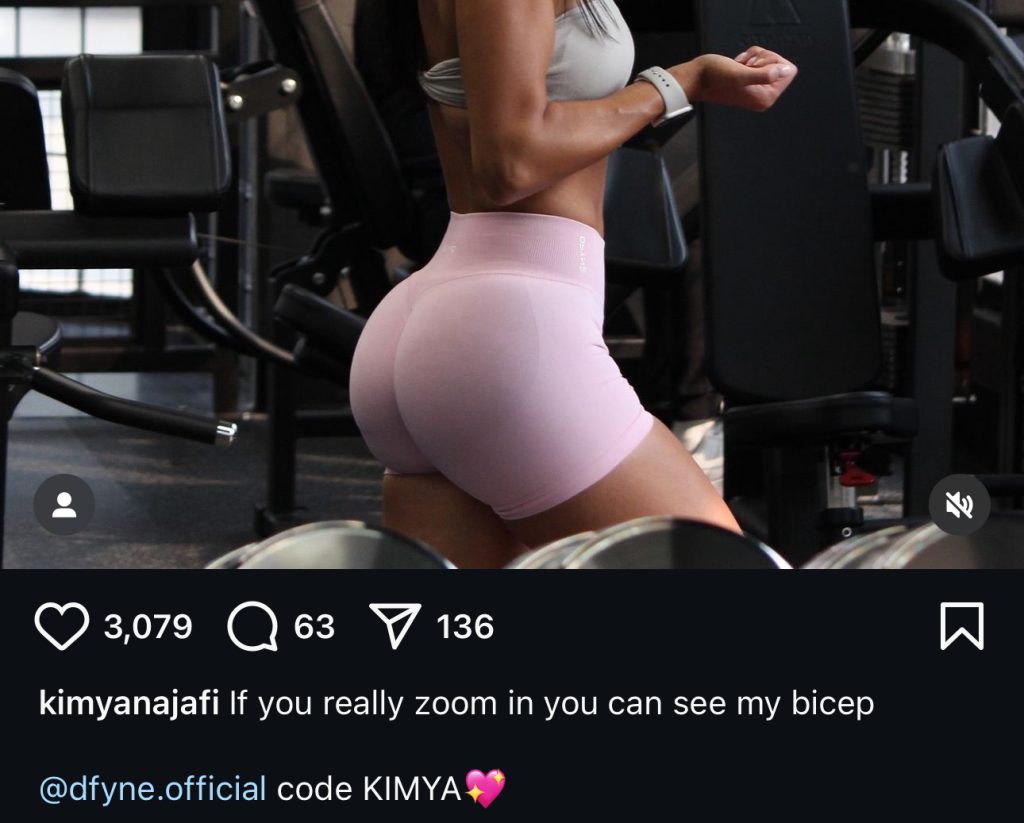
Regarding the question at the end of this blog, I believe we can assess whether the content in a video is a genuine recommendation by examining the influencer’s interaction with their followers. If the recommendation is genuine, the influencer will seriously address the questions and concerns of their followers. In contrast, if the content is manipulated by commercial interests, the video may become relatively unengaging, and the style may shift to forcefully promote the product.
I think that nowadays Tiktok or Youtube information is especially important for the general public, thus influencers as a vehicle, the viewer should always be critical of the information, not submissive, in order not to be passive and accept the information guided by algorithms and commercial interests.
I think this article delves into the application of the two-step flow theory in modern digital media, revealing how Netflix stars act as opinion leaders to influence consumer behavior, while also pointing out the potential manipulation of their influence by commercial interests. It reminds us of the need to maintain critical thinking and discern between authentic and commercialised content when following the recommendations of webstars.
I couldn’t agree more with the points you mentioned in your article, especially the encouragement to understand the impact of digital media on our decision-making by adopting critical thinking. As you mentioned in your article, the digital space and social media platforms further influence the public’s filtering and understanding of information by filtering and amplifying it. Current social media algorithms lead us further into the dilemma of the information callous. It is undeniable that although the diversity and personalisation of content by creators provides us with an adequate entertainment experience, we still need to further filter and check the information involved to make more informed decisions. I believe that the current TikTok and YouTube as vehicles of information and creative content provide Internet users with a rich entertainment experience, yet we need to be more critical of how media messages control the current consumer and cultural industries. Thank you very much for the unique insights your article provided and for allowing me to think further and deeper about media messages and the influence of opinion leaders on our information decisions.